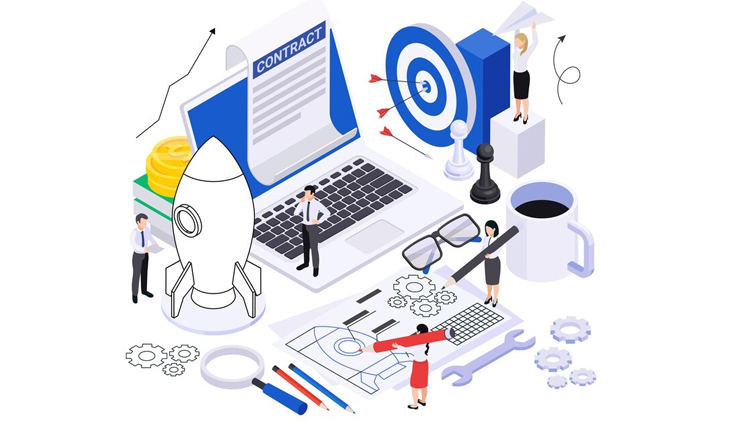080-46145889


Expertise
Technology
Certainly! "Technology" encompasses a wide range of tools, systems, methods, and processes designed to solve problems, accomplish tasks, and improve efficiency in various fields. Here are some key categories of technology:

Information Technology (IT
IT encompasses hardware, software, networks, and services used for storing, retrieving, transmitting, and manipulating data. Examples include computers, servers, databases, operating systems, and networking equipment.
Communication Technology
This includes technologies used for transmitting and receiving information over long distances. Examples include telecommunication systems, satellite communication, radio frequency identification (RFID), and Internet-based communication platforms.
Biotechnology
Keep projects on track and teams aligned with our project management software solutions. Whether you're managing small projects or complex initiatives, our software solutions provide robust tools for task management, scheduling, collaboration, and reporting. Our recommended project management software includes Asana, Trello, and Monday.com.Biotechnology involves the use of biological systems, organisms, or derivatives to develop products or processes for specific applications. Examples include genetic engineering, biopharmaceuticals, bioinformatics, and agricultural biotechnology.
Medical Technology (MedTech)
MedTech refers to technologies used in healthcare for diagnosis, treatment, monitoring, and prevention of diseases and medical conditions. Examples include medical devices, diagnostic equipment, telemedicine, and health information systems.
Clean Technology (CleanTech)
CleanTech focuses on technologies that reduce environmental impact and promote sustainability. Examples include renewable energy sources (solar, wind, hydroelectric), energy-efficient technologies, waste management systems, and water purification technologies.
Financial Technology (FinTech)
FinTech refers to technologies that disrupt traditional financial services and processes, including banking, payments, lending, and insurance. Examples include mobile payment apps, peer-to-peer lending platforms, blockchain-based cryptocurrencies, and robo-advisors.
Artificial Intelligence (AI) and Machine Learning
AI involves the development of computer systems capable of performing tasks that typically require human intelligence, such as speech recognition, natural language understanding, and decision-making. Machine learning is a subset of AI that involves training algorithms to learn from data and make predictions or decisions without explicit programming.
Internet of Things (IoT)
IoT refers to the network of interconnected devices embedded with sensors, software, and connectivity, enabling them to collect and exchange data. Examples include smart home devices, wearable technology, industrial sensors, and connected vehicles.
Robotics
Robotics involves the design, construction, operation, and use of robots for tasks ranging from industrial automation and manufacturing to healthcare, agriculture, and exploration. Examples include industrial robots, surgical robots, autonomous drones, and service robots.
Augmented Reality (AR) and Virtual Reality (VR)
AR and VR technologies overlay digital content onto the real world (AR) or create immersive virtual environments (VR). Examples include AR applications for gaming, education, and retail, as well as VR simulations for training, entertainment, and therapy.
